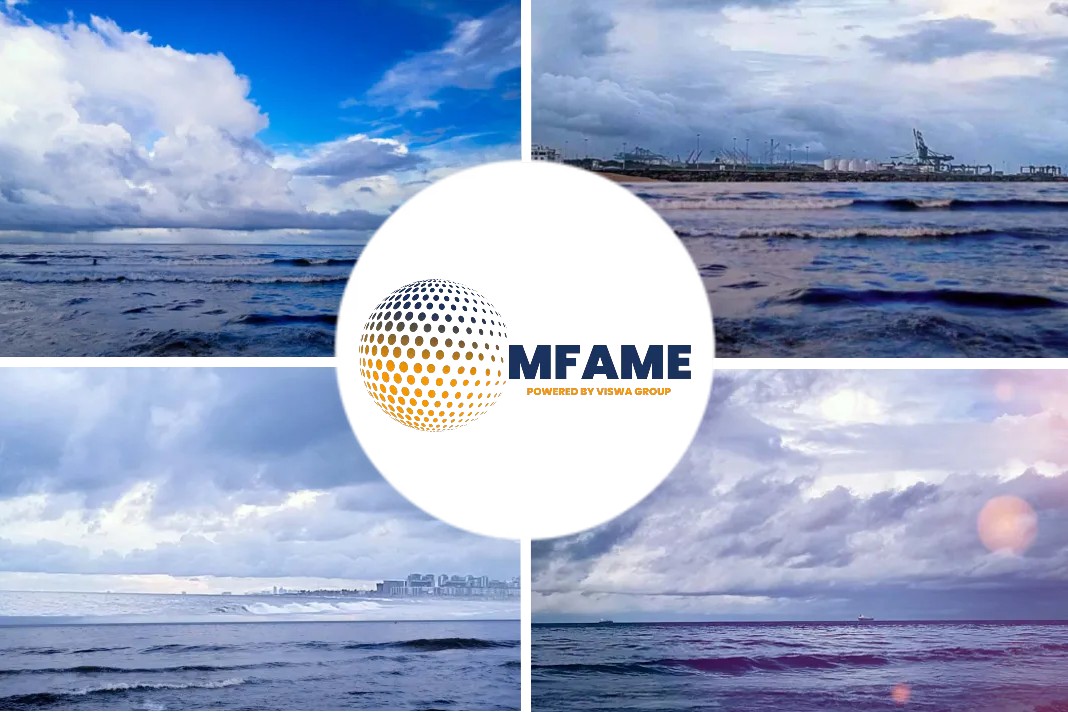- Despite a massive drop in premium earnings for ships fitted with scrubbers during 2020, the scope for scrubber cancellations has been limited.
- This can be attributed to contractual obligations with shipyards and scrubber manufacturers, Gibson Shipbrokers said in its latest weekly report.
- This might come as a bit surprise having in mind how the business case for investing into scrubbers has changed over the past year driven by the downfall of the global economy.
- Savings for burning high sulphur fuel oil (HSFO) versus very low sulphur bunker fuel (VLSFO) sunk from $16,000/day in January 2020 to just $3,000-$4,000/day.
A recent news article published in the Offshore Energy reveals that up to 40% of VLCC fleet could be scrubber fitted by the end of 2021.
Scrubbers gain positive review
Scrubbers were praised by owners, especially for those of bigger vessels, as an extremely attractive solution for meeting the IMO 2020 regulation on cutting the sulphur content in marine fuel.
Payback times from scrubber investments were said to be between 12 and 18 months. Nevertheless, the latest turn of events prolonged this period considerably.
However, it appears that luck might be changing again for scrubber economics.
“The latest upward trend in oil prices has offered some welcome news to those who invested in this technology, with the spread between HSFO and VLSFO widening to around $80 – $100/tonne and scrubber savings climbing above $5,000/day for VLCCs,” Gibson said.
Scrubber uptake highest in VLCCs
In terms of statistics, the scrubber uptake is the highest in the VLCC fleet, followed by Suezmaxes. Scrubber penetration is considerably lower for smaller size groups.
According to Gibson’s records, scrubbers have already been installed on 31% of the existing VLCC fleet, while another 7% is yet to be retrofitted.
In addition, 32% of current VLCC orderbook is expected to be fitted with the technology. This means that close to 40% of the VLCC fleet could be scrubber fitted by the end of the year.
Did you subscribe to our daily newsletter?
It’s Free! Click here to Subscribe!
Source: Offshore Energy


















